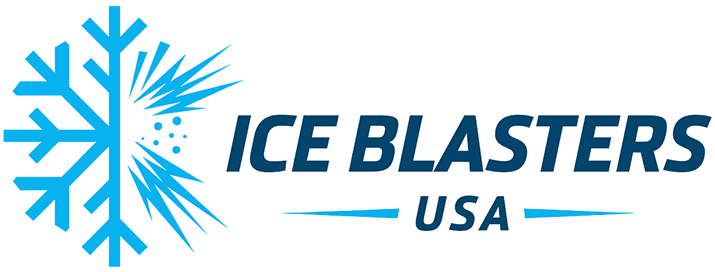Zero Residue. Maximum Impact.
Ice Blasters USA delivers powerful, non-abrasive cleaning that removes contaminants without secondary waste like water, chemicals, or sand – perfect for damage restoration, industrial, and commercial applications.
Restore. Refresh. Renew.
Professional Ice Blasting Services for Restoration, Industrial Cleaning & More
Ice Blasters USA provides dry ice blasting solutions for a wide range of cleaning, restoration, and maintenance needs. Our services include surface preparation, equipment cleaning, fire and smoke damage restoration, and industrial degreasing — all performed using a super-clean, non-abrasive, and environmentally responsible method.
Whether you’re dealing with fire damage, mold growth, industrial buildup, or aging surfaces, our ice blasting technology delivers fast, effective results with zero residue or water damage.
Why Choose Ice Blasting?
Dry ice blasting (also known as “ice blasting”) is an innovative and highly effective cleaning process that uses high‑velocity pellets of solid carbon dioxide to remove contaminants, coatings, and residues from virtually any surface.
Unlike traditional methods, ice blasting is completely dry—there’s no water, no secondary waste, and no harsh chemicals. Upon impact, the dry ice instantly sublimates (turns from solid to gas), lifting away grime without damaging underlying materials.
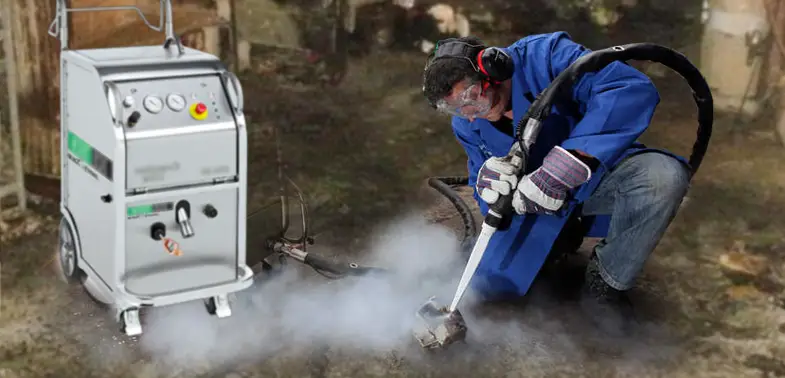
Get a Free Quote
Get a response in 1 business day.
The Huge Benefits of Ice Blasting
Ice blasting stands out for its ability to clean thoroughly without water, chemicals, or abrasive damage. It’s the ideal solution when you need a fast, non-destructive, and residue-free process that won’t harm surfaces or require extensive cleanup. Whether you’re restoring fire-damaged property, maintaining manufacturing equipment, stripping paint, clearing mold, or cleaning delicate surfaces, ice blasting delivers powerful results with minimal disruption — making it a smarter choice for demanding jobs in sensitive environments.
Zero Residue & No Secondary Cleanup
Since dry ice turns to gas on contact, there’s no leftover media to collect and dispose of. After application, there is simply a pristine surface. How easy is that?
Non‑Abrasive & Surface‑Safe
Gentle enough for delicate substrates yet tough on grease, soot, paint, and mold, safeguarding your equipment and structures.
Chemical‑Free & Eco‑Friendly
A 100% non‑toxic process that eliminates the need for solvents or detergents, protecting both operators and the environment.
Reduced Downtime Better Cost Savings
Fast setup and cleanup mean minimal disruption to production lines, facility operations, or remediation projects.
Versatile & Adaptable
Safe and effective on metal, wood, concrete, brick, plastics, and even electrical components – ideal for everything from industrial equipment and manufacturing lines to property restoration and delicate surfaces.
The Hidden Costs of Traditional Blasting Methods
While sandblasting, soda blasting, and pressure washing have been used for decades, they often come with significant downsides – especially when working in sensitive environments or trying to minimize cleanup and downtime. Here’s how conventional methods fall short compared to dry ice blasting:
Sandblasting
- Highly Abrasive: Can damage underlying surfaces, especially wood, metal, or historic materials.
- Dust-Heavy: Creates large volumes of dust and grit, requiring containment and extensive cleanup.
- Waste Disposal: Leaves behind significant blasting media waste that must be properly collected and disposed of.
- Not Suitable for Sensitive Areas: Can’t be used near electronics or delicate components.
Soda Blasting
- Messy Residue: Leaves behind fine sodium bicarbonate dust that must be washed or vacuumed away.
- Moisture Issues: Often requires rinsing, which can introduce water damage in vulnerable areas.
- Corrosion Risk: The media can attract moisture and accelerate corrosion if not cleaned thoroughly.
Pressure Washing
- Water Damage Risk: Introduces large volumes of water, which can penetrate surfaces and lead to mold, mildew, or rot.
- Limited Effectiveness: Struggles to remove heavy carbon buildup, grease, or charred material.
- Runoff Concerns: Wastewater may contain contaminants, requiring filtration or special disposal procedures.
Common Applications & Industries
Ice blasting is trusted across a wide range of industries—but it’s especially effective in situations where traditional cleaning methods fall short. From fire and smoke damage restoration to mold remediation, and from industrial equipment maintenance to historic preservation, this versatile technology adapts to nearly any environment. Whether you’re restoring a home, maintaining a factory, or cleaning sensitive equipment, ice blasting gets the job done—cleanly, quickly, and without compromise.
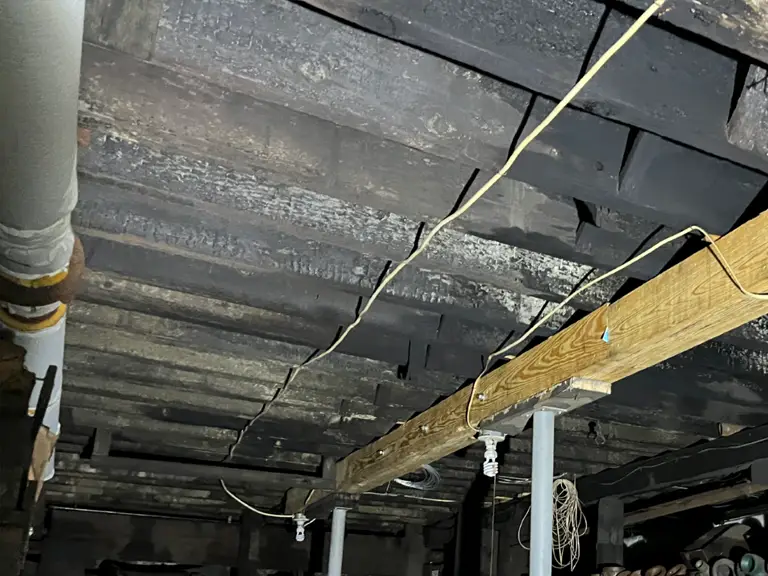
Fire and Smoke
Quickly strip away soot and char without water, preserving structure and preventing secondary damage.
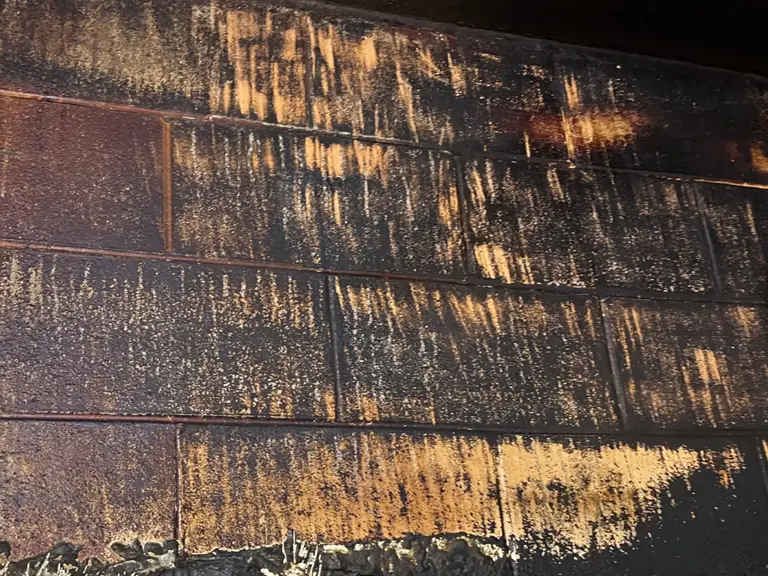
Mold Remediation
Safely remove mold colonies from HVAC systems, wood framing, and masonry surfaces.
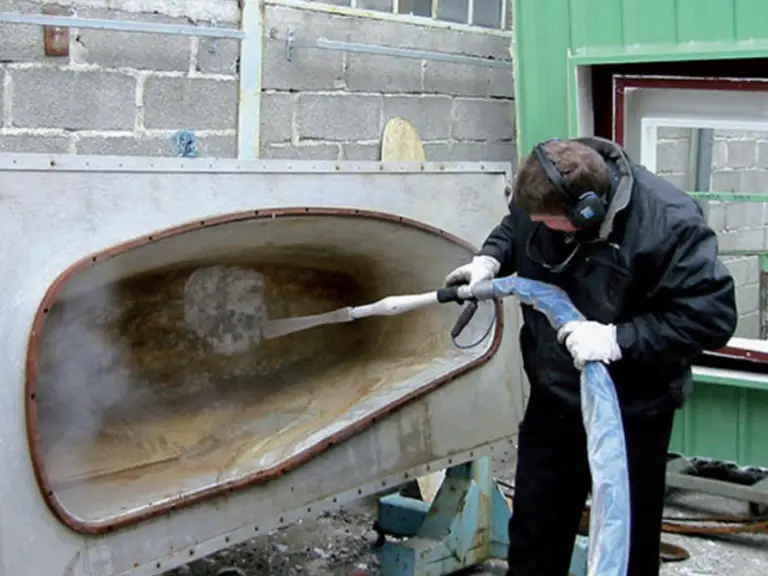
Equipment Cleaning
Degrease engines, conveyors, molds, and presses—keeping your factory running at peak efficiency.

Historic Restoration
Gently lift away layers of paint or corrosion, revealing and preserving priceless details.
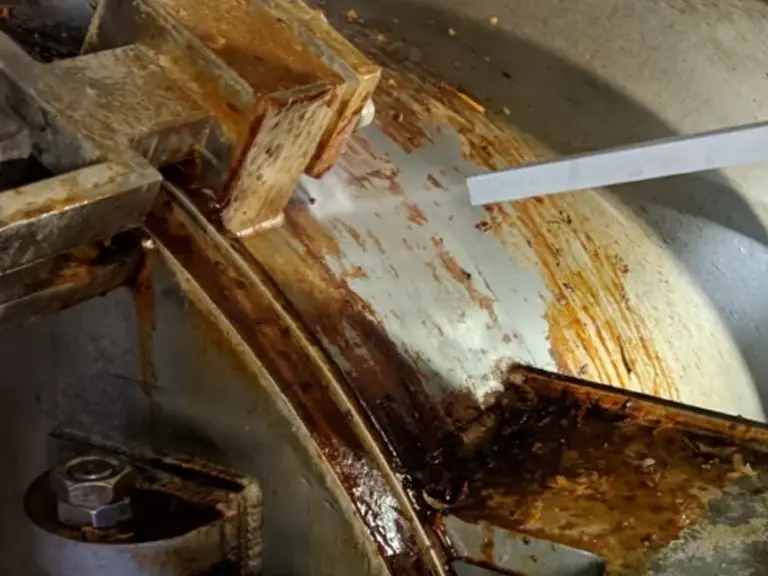
Food & Beverage
Sanitize production lines, conveyors, and storage tanks without leaving moisture or chemicals behind.
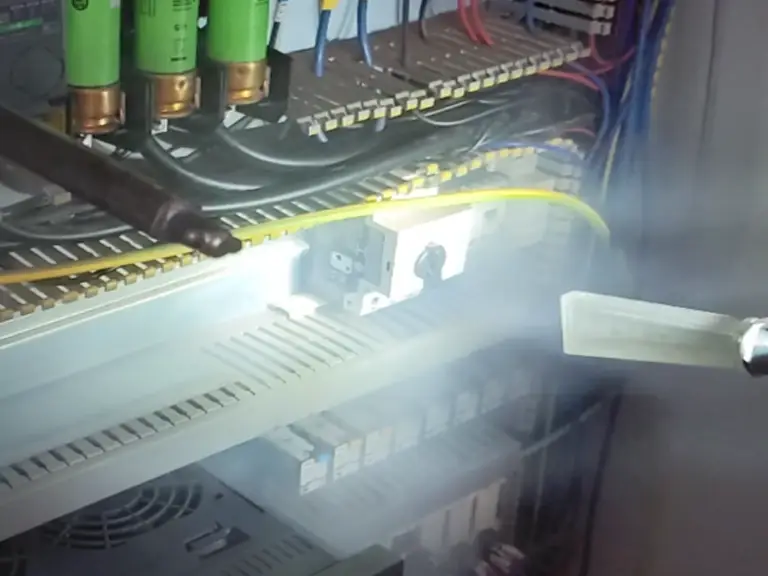
Electrical & Machinery
Clean circuit boards, motors, and controls without risking short‑circuits or residue buildup.
Environmentally Responsible Cleaning
Dry ice blasting isn’t just powerful—it’s one of the cleanest and greenest cleaning technologies available today. Unlike traditional methods that rely on harsh chemicals, solvents, or abrasive materials, dry ice blasting uses solid CO₂, a recycled byproduct from industrial processes. This means no new emissions are created during blasting—and no toxic runoff is left behind.
Approved
Dry ice is an approved medium by the EPA, USDA & FDA, and is non-toxic, non-hazardous and inhibits mold & bacteria growth.
No Water or Wastewater
Dry ice blasting requires no water, eliminating the risk of contaminated runoff entering drains, soil, or waterways.
Chemical-Free Process
No harsh cleaners or solvents are needed, which protects nearby ecosystems, improves air quality, and reduces health risks.
Recycled CO₂ Source
The carbon dioxide used is captured as a recycled industrial byproduct, meaning the process doesn’t add new CO₂ to the atmosphere.
Zero Secondary Waste
Since dry ice sublimates (turns from solid to gas), it leaves no blasting media behind—just the debris you’re removing. This drastically reduces cleanup time and disposal costs.
Supports LEED & Green
Building Standards
Its non-toxic, residue-free performance makes dry ice blasting a valuable tool in projects aiming for environmental certifications.
Ready for a Cleaner, Safer, Smarter Solution?
Let’s talk about how dry ice blasting can save you time, reduce cleanup, and protect your property or equipment. Contact us today for a free estimate and expert consultation—no pressure, just real solutions.
Request a Free Cleaning QuoteCall Today to Request Service.
(888) 823-0907
FAQs
7 Common Questions About Ice Blasting
Have questions about how ice blasting works, what it’s safe for, or when to use it? Get clear answers to the most common questions we hear from property owners, contractors, and facility managers.
Dry ice blasting propels solid CO₂ pellets at high velocity using compressed air. The pellets impact the surface, creating kinetic, thermal, and expansion effects—embrittling contaminants, shattering them, and sublimating… lifting grime off without residue.
Dry ice blasting removes a wide range of contaminants, such as loose rust, failing paint, grease, smoke and soot, oil, adhesives, mold, bacteria, ink, syrup, and powder coatings.
Most other blast media leave secondary waste behind. Dry ice sublimates (vaporizes) upon impact with the surface. All that remains is the contaminate you are removing. Also, since dry ice vaporizes on impact, the process can be used to clean complicated cavities where typical grit blast media will become trapped.
Time varies by surface size, contaminant type, and access—but it’s generally faster than traditional methods, leading to shorter downtime.
When performed with proper PPE—including insulated gloves, eye/face protection, ear plugs, and good ventilation—dry ice blasting is non-toxic, non-flammable, and safe for trained professionals.
Unlike other blast media, dry ice has a temperature of -109°F (-78.3°C). Because of the temperature difference between the dry ice particles and the surface being treated, thermal shock occurs during the process of dry ice blasting. This causes a breakdown of the bond between two dissimilar materials. Gummy substances and adhesives are embrittled making them easier to remove.
The dry ice blasting process will not damage the substrate. The size of the dry ice pellets and their velocity can be optimized to remove the contaminate while being non-abrasive to the substrate. The process can clean delicate chrome or nickel plated tools, soft aluminum or brass alloys, wire insulation, and even circuit boards without causing damage.
